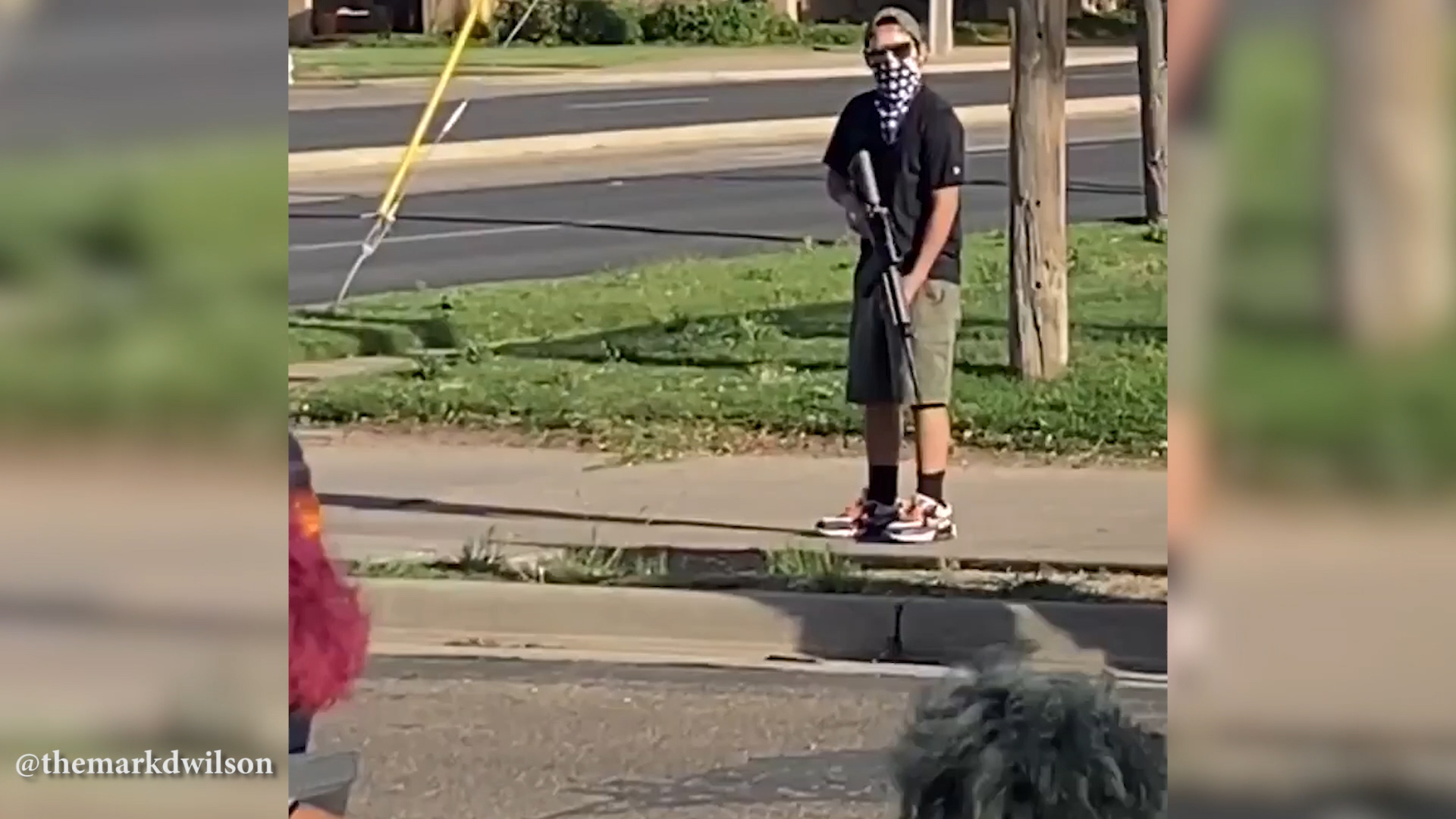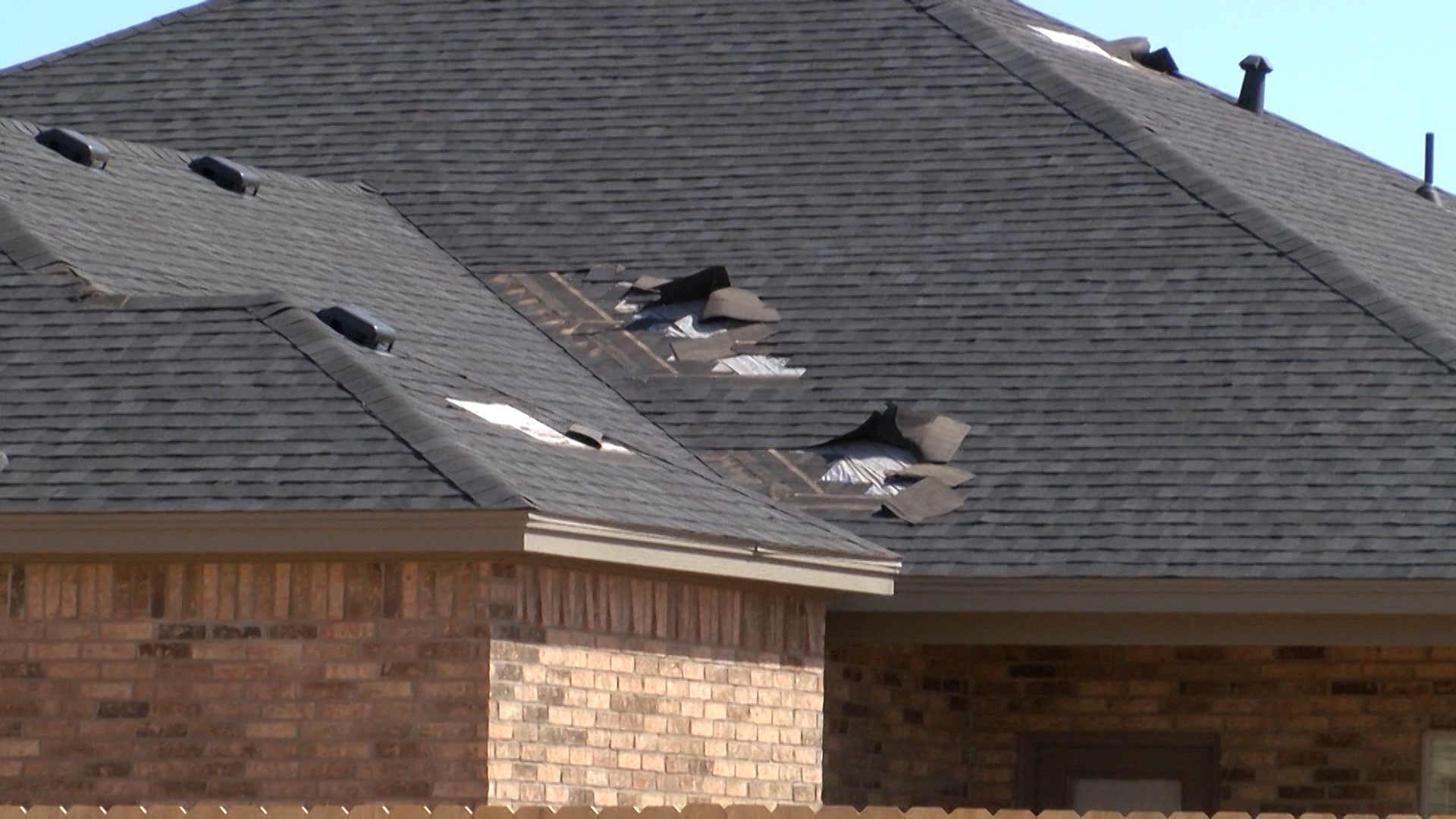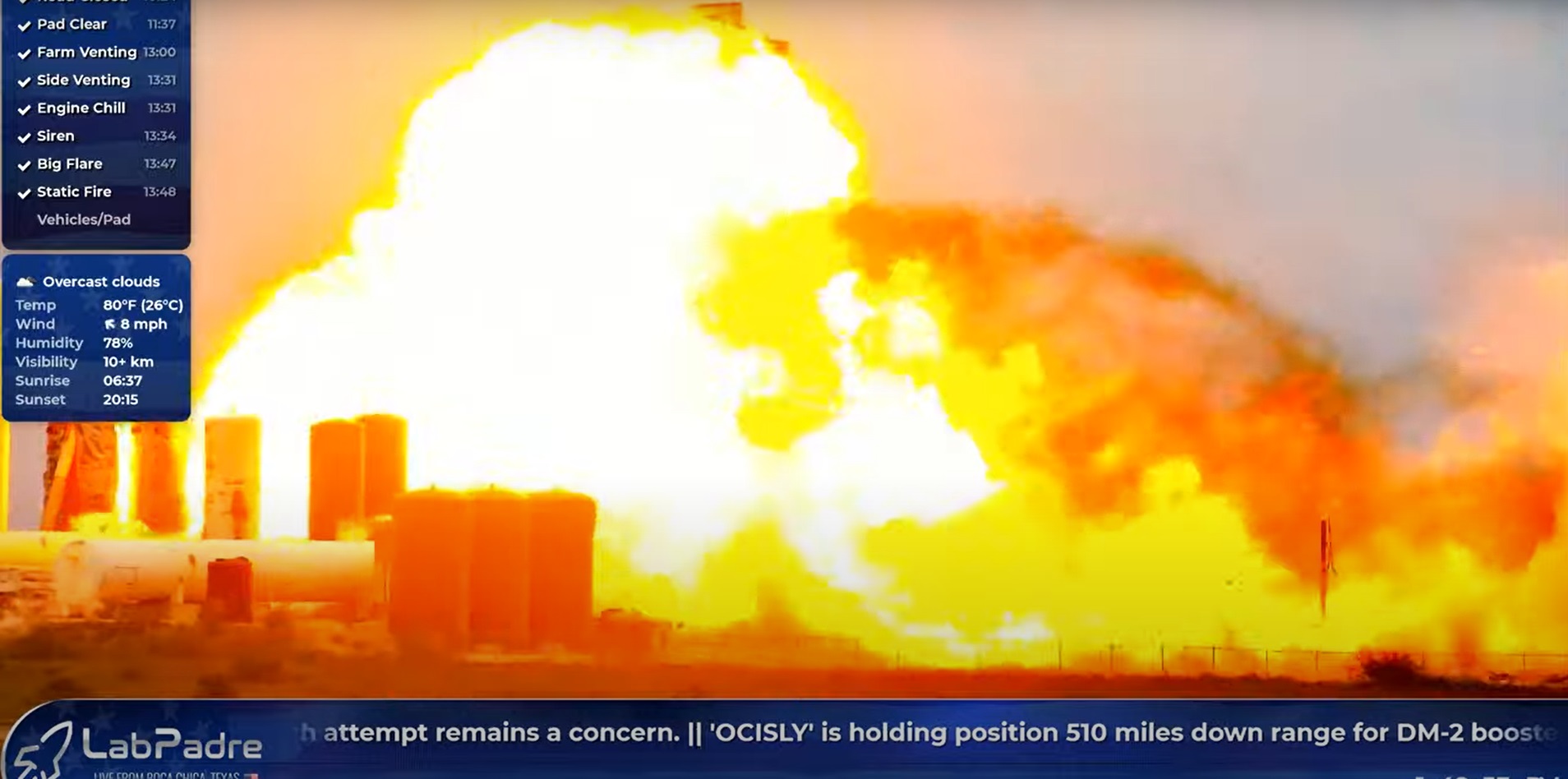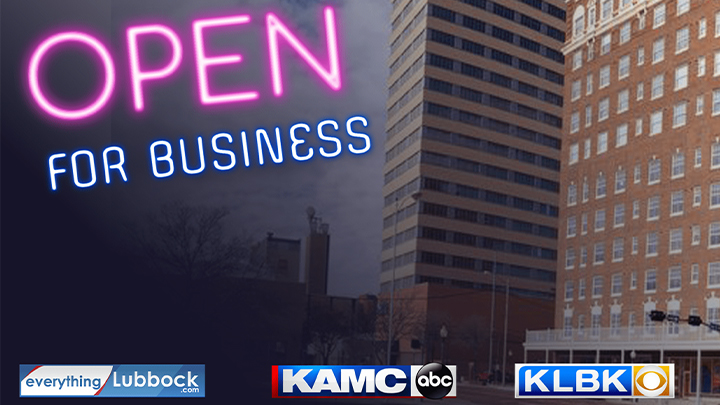BROWNSVILLE, Texas (Border Report) — Cameron County Administrator Pete Sepulveda Jr., has spent his entire adult career trying to promote and foster financial successes in South Texas.
During his 28 years as a municipal and county government employee, he has worked on over $1 billion in transportation construction projects. And as executive director of the Cameron County Regional Mobility Authority, he has managed and directed $1.9 billion in projects.
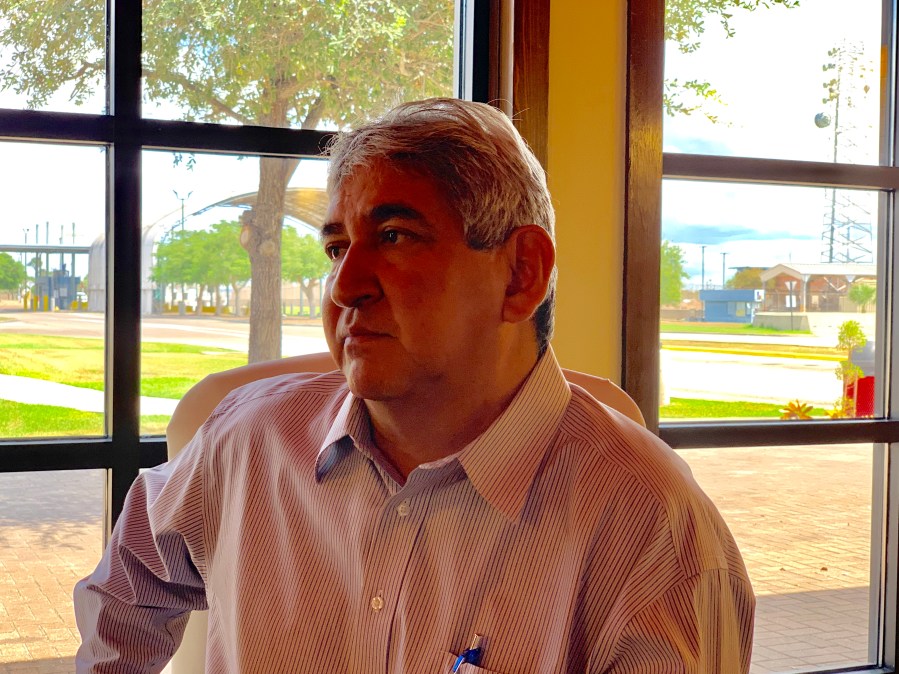
So it frustrates him when U.S. Customs and Border Patrol (CBP) officers reduce the number of lanes open to traffic on international bridges when leaders in Cameron County have gone to great lengths to add special commercial lanes for trucks and pedestrians to foster more commerce with Mexico.
“In the last couple of years, one of the biggest issues we’ve faced, not only us but the whole Southwest border are increased wait times. It is not uncommon at all for passenger vehicle traffic to be waiting in line two hours, three hours, depending on the time of day and day of week … and holidays are just horrible,” Sepulveda told Border Report during a meeting Thursday in the conference room of Veterans International Bridge at Los Tomates, the most modern of Brownsville’s international bridges (and the only one that allows commercial vehicles).
During holidays, like the upcoming Labor Day weekend, Sepulveda said it is not uncommon for passenger and commercial vehicles to wait up to four hours to cross from Mexico. Long wait times like that deter traffic and commerce and vacationing tourists, forcing many people to just skip the hassle and not come.
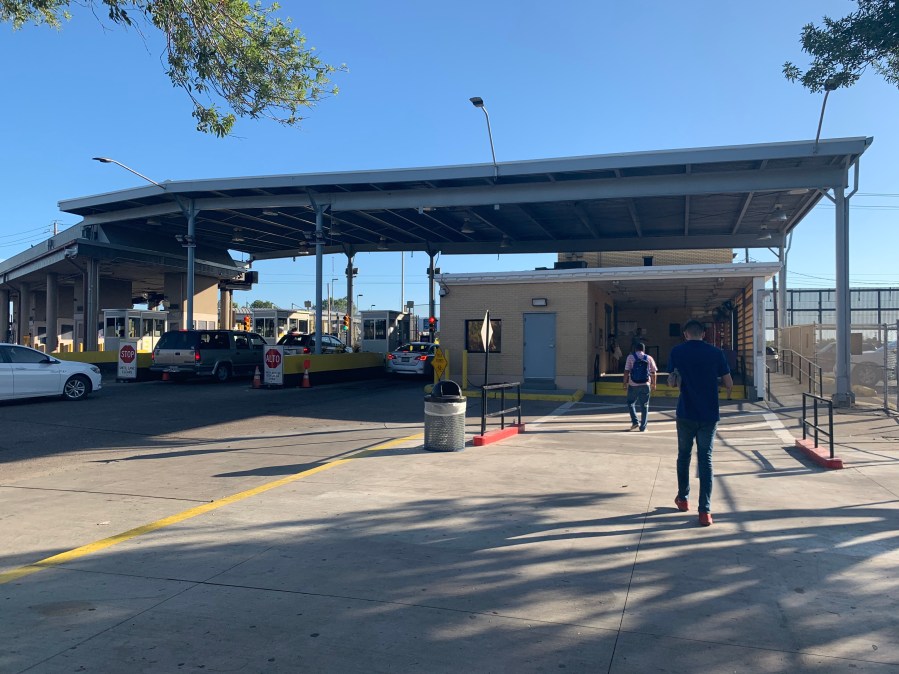
But that hurts the border economy, which relies heavily on business, retail and tourism traffic from Mexico, particularly during big holidays like this weekend.
“The downtown area of Brownsville depends on the daily influx of people from Mexico. There are a lot of people from the U.S. who still walk across to get medications and see a doctor and walk back. So it has negatively impacted the ability to get legitimate trade and travel through our international bridges,” said Sepulveda, who at one time was the Cameron County Judge.
Wait times are so bad that Gateway International Bridge, which connects Brownsville to Matamoros, Mexico, used to have 2 million pedestrians cross per year, about 15,000 daily. Now, only about 6,500 pedestrians cross each day, Cameron County Bridge System Director Josue Garcia Jr. said.
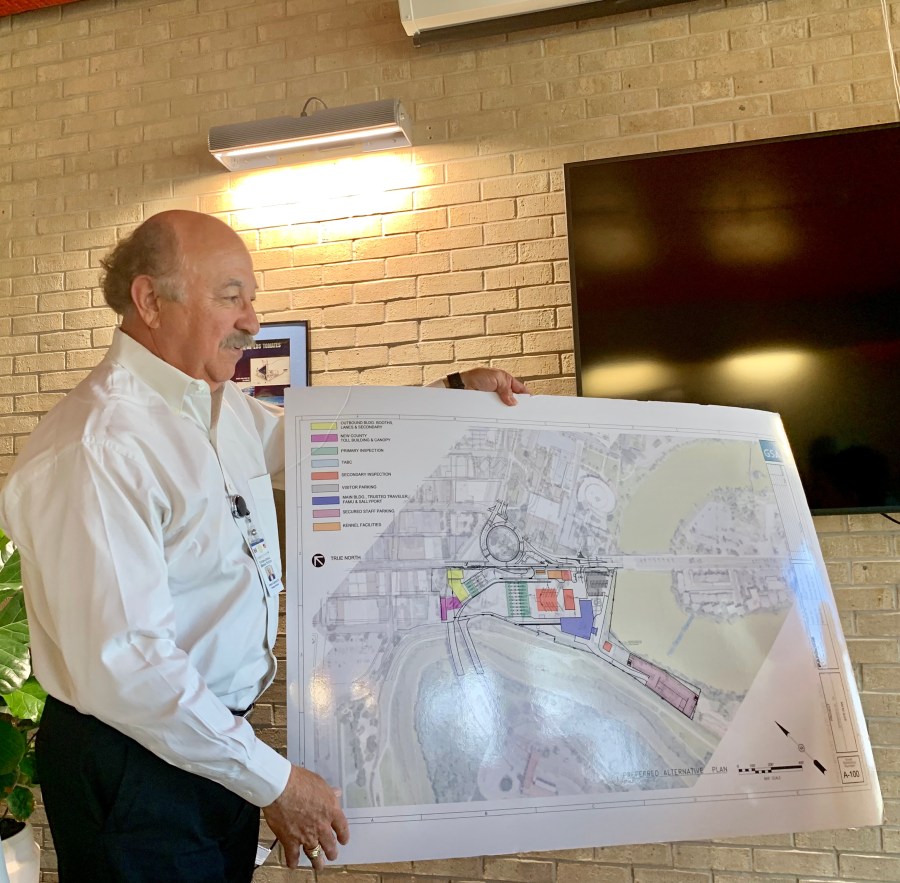
Commerce really takes a hit when commercial trucks are stalled. Eighteen-wheelers cross daily, bringing auto parts, steel, agriculture and other products from maquiladoras (duty-free industries operating on the border). Strawberries stuck on a truck for four hours, for instance, could spoil.
“We’ve really been proactive and we’ve looked at how to facilitate the crossing of commercial vehicles so we’ve added dedicated lanes strictly for commercial vehicles and all that helps to expedite, but at the end of the day if CBP is not manning their primary booth, well then we can build 10 lanes in a bridge and if it bottlenecks at the CBP inspection area well then there’s not much we can do,” Sepulveda said.
If CBP is not manning their primary booth, well then we can build 10 lanes in a bridge and if it bottlenecks at the CBP inspection area well then there’s not much we can do.”
Cameron County Administrator Pete Sepulveda Jr.
Border Report asked CBP officials to explain why traffic lanes on international bridges in South Texas have been reduced — whether for security concerns or because of inadequate staffing — but did not receive a reply. In the past, CBP officers have told Border Report that lanes are cut to amp up security at the bridge checkpoints and to deter bridge runners, as have occurred recently in Nuevo Progreso.
Money for bridge expansions, not the wall
U.S. Rep. Filemon Vela, (D-Texas), whose district includes Brownsville, told Border Report that federal funds would be better spent expanding ports of entry, rather than building a border wall.
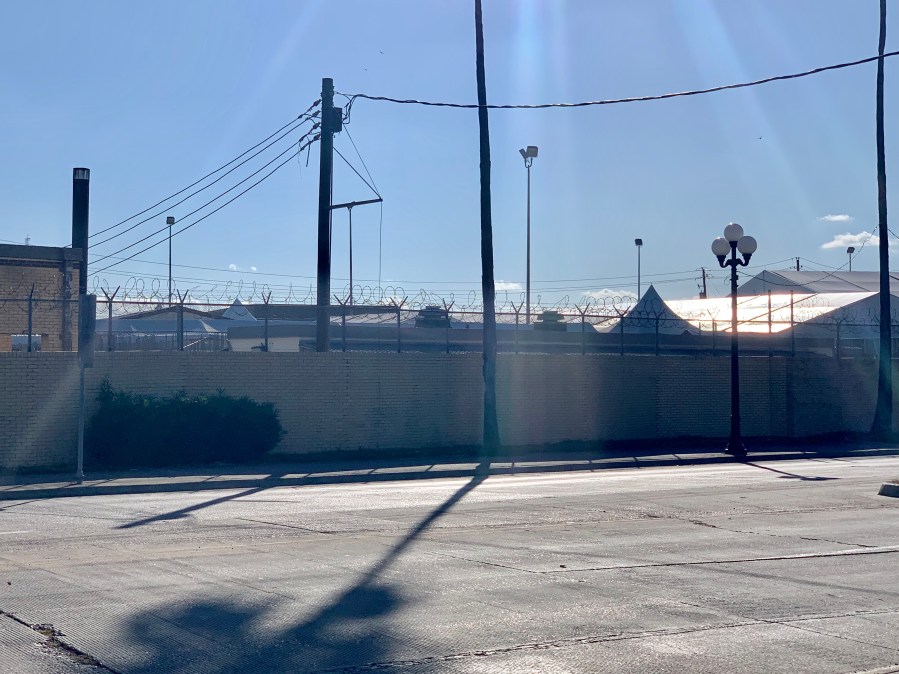
On Aug. 22, Vela told Border Report that the Gateway International Bridge, for instance, is in need of upwards of $300 million in infrastructure repairs.
“It’s without question a CBP priority. The question is funding and so my argument all along and and I feel like a broken record because I say it all the time is that we spent $4.5 billion on a border wall, so far, and more to come until we get a new president, my guess is. And clearly I disagree with any wall funding but I think the people who agree with wall funding will agree when you talk about getting more bang for your buck, you’re going to get it with bridge funding,” said Vela, as a line of southbound 18-wheelers could be seen from glass bay windows of the conference room of Veterans International Bridge at Los Tomates
“And you’re going to get the added benefit of improving your trade and commerce. I think you get a whole lot more for your money by putting your money in port infrastructure than in wall funding,” Vela said.
Gateway judicial tent city
Sepulveda, the Cameron County administrator, says the current infrastructure at Gateway International Bridge does not match the upgrades that federal officials have made as they build a judicial tent city at the base of the bridge where asylum cases are scheduled to be heard starting in September.
The air-conditioned tents will house video teleconferencing equipment to allow federal immigration judges in Harlingen and El Paso, Texas, to review asylum cases of immigrants who currently are being forced to wait in Mexico under the Trump Administration’s Migrant Protection Protocol Program.
About 500 migrants are waiting in a tent city encampment at the base of the Mexican side of the Gateway bridge for their immigration hearings. Read a Border Report story on the tent encampment here.
“If you’re going to have that modernized judicial system on the grounds of Gateway the existing facility does not complement it,” Sepulveda said.
Sandra Sanchez can be reached at SSanchez@BorderReport.com.











